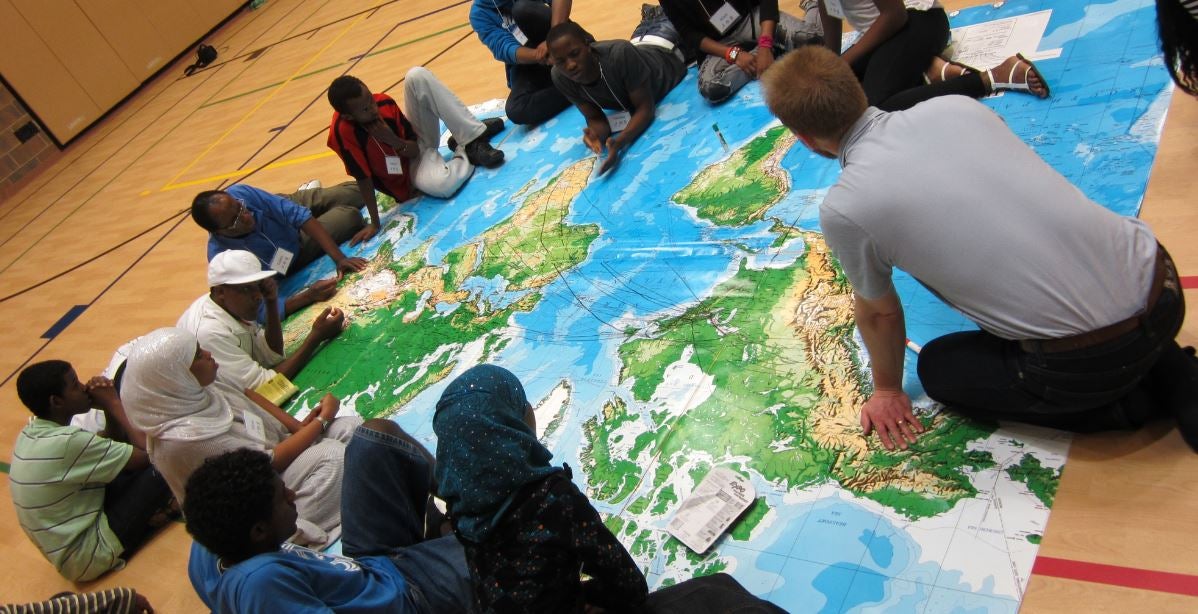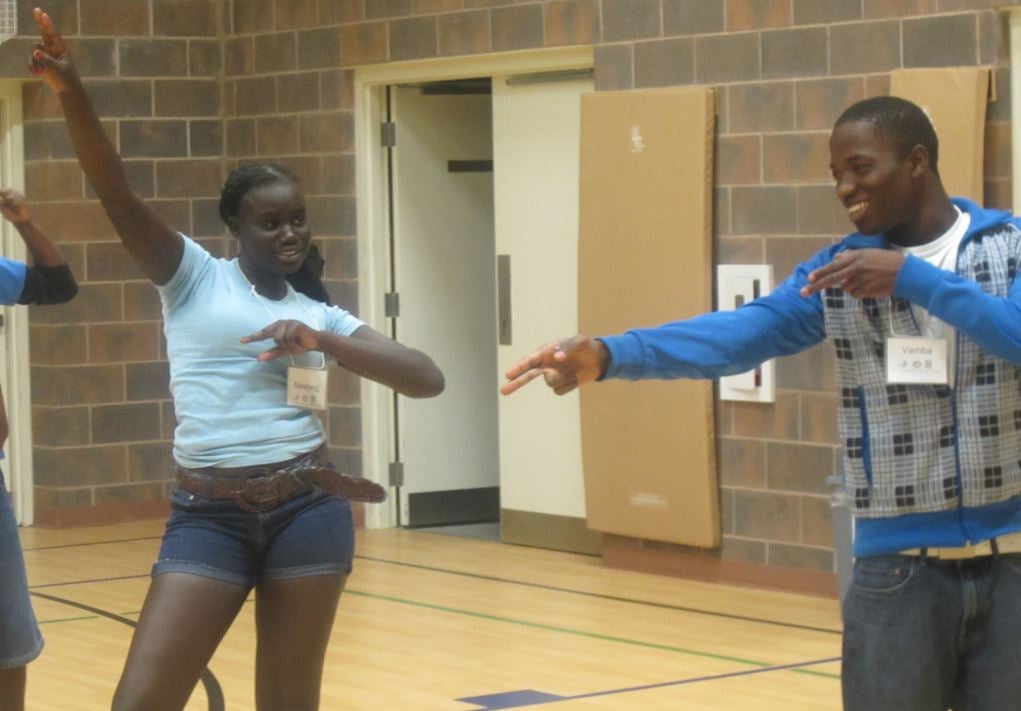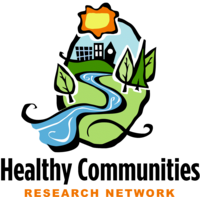 How do we better engage newcomer youth in their new communities?
How do we better engage newcomer youth in their new communities?

Overcoming barriers to civic engagement is crucial to creating a welcoming community for newcomers. Unfortunately, ethno-cultural newcomers infrequently participate city-building initiatives, largely because of time and language constraints. This lack of engagement is untenable given the current makeup of Canada where over 20% of its population is foreign-born. How can city officials sensitively and meaningfully reach newcomers and do justice to their cultural values and needs?
Community-based research

- interact with newcomer youth for research purposes,
- provide a learning environment in which to develop participants’ leadership skills (communication, conflict management, critical analysis, etc.), and
- provide an opportunity for youth to express their voice to the larger community.

Findings
Participants expressed the challenge of being newcomers, often several times over. That is, for the bulk of the participants, Kitchener was not a direct destination from their country of origin. In several cases, it was only the latest place to call home. The adjustment of being a repeated newcomer made it challenging for youth to adapt and acculturate.
Interestingly, participants underscored their limited mobility, noting there were few places they frequented in the city. In a remark that resonated with many of the participants, one youth described his routine as, “ I go to school, come home, watch TV, sleep. I go to school, home TV, sleep.” Home and school were the landscapes with which participants were most familiar, often because of familial responsibilities/expectations. Fear also played a role in limiting their mobility. “Here they [family, media] make you scared of going [out] by yourself”, explained one participant. Many city spaces, such as the main bus terminal and even some parks, were characterized as uninviting and unsafe. In some of these environments, participants felt stereotyped because of their race and ethnicity. By contrast, community centres, libraries, and some local parks were identified as crucial spaces for connecting with peers, though these peers were almost always newcomers, not domestic Canadian youth. These spaces were infrequent destinations for the youth.
Discussion and conclusions
The findings from the project suggest the participants encountered intrapersonal, interpersonal, and structural constraints to their mobility that led them to “hunker down” (Putnam, 2007) in their new community. These constraints can be addressed, but require a coordinated effort. If Kitchener and other mid-sized Canadian cities want to establish themselves as welcoming communities, city officials and allied services need be proactive about placemaking and work together with social, cultural and educational service providers to improve the settlement experiences of newcomer youth. Efforts to encourage bonding within the newcomer community, bridging between newcomers and domestic Canadian youth, and linking through community agencies warrant a coordinated effort to make the city more accessible to newcomer youth.
Additional reading:
Glover, T. D. (2015). Leisure research for social impact. Journal of Leisure Research, 47(1), 1-14.
Putnam, R. D. (2007). E Pluribus Unum: Diversity and community in the 21st Century. Scandinavian Political Studies, 30(2), 137-174.
Acknowledgements
Special thanks to the Social Science and Humanities Research Council of Canada for funding this project, Barb Vukets for her assistance in recruiting participants, Edwin Laryea and Debjani Henderson for helping design the program, the City of Kitchener for providing meeting space, the African Canadian Association of Waterloo Region for endorsing the project, and all of the incredible youth participants for their amazing contributions to the project.
